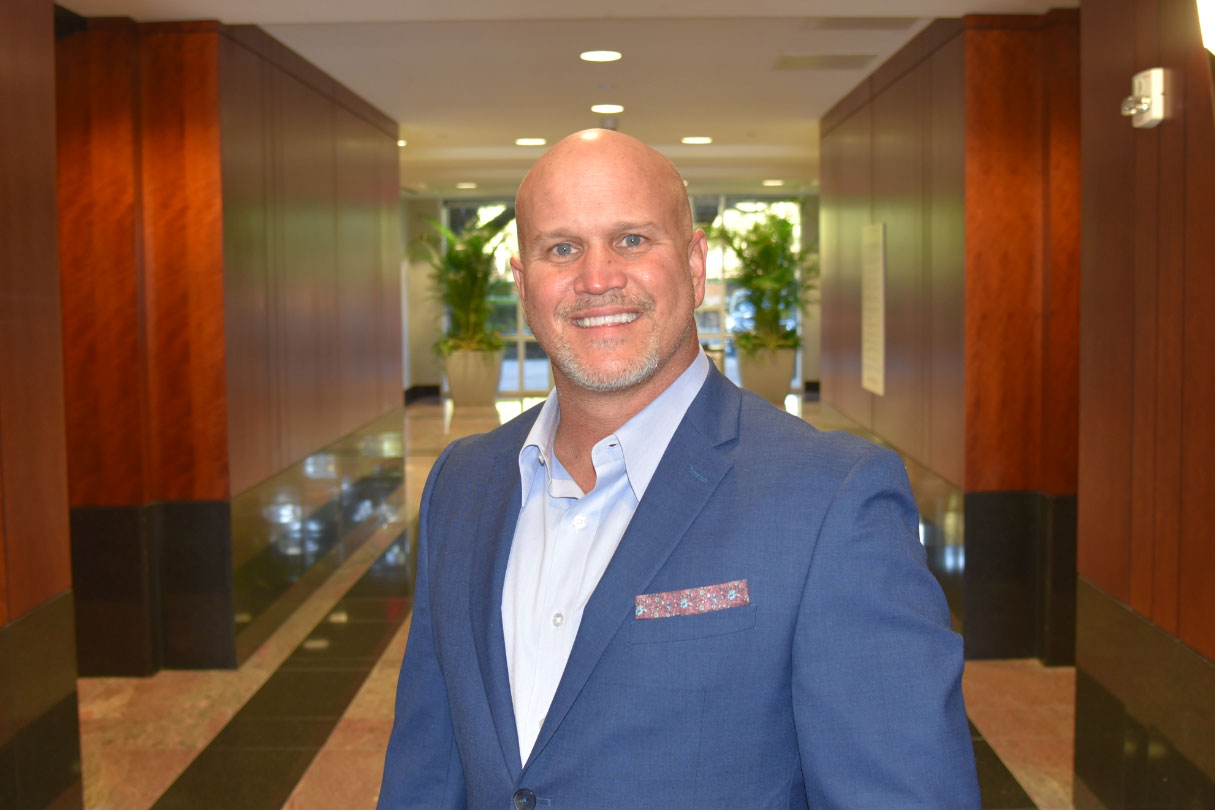Every Day a Vehicle Spends in Reconditioning Is Money Down the Drain

Article Highlights:
- Dealers lose profit every day a vehicle spends in reconditioning.
- The reconditioning process is riddled with inefficiencies and delays.
It’s common for dealers and vendors alike to regularly revisit best practices for pre-owned sales. Everyone wants to unlock new ways of capturing some additional profit!
What’s easy to overlook is what goes on before a used vehicle ever makes it to the lot: the reconditioning process.
The national average cycle time for reconditioning a vehicle is 12.2 days – that is, it takes nearly two weeks from the day a vehicle is acquired to the time it’s ready to go on the lot. Most dealers have a hard inventory turn time in the range of 45-60 days, meaning your salespeople have a month to a month-and-a-half to sell the vehicle before you wholesale it.
This has been the norm long enough that, on the surface, most dealers probably don’t see an issue. That’s just the business. If you have a decently performing sales staff, the process, while imperfect, seems to work as well as it possibly could, right?
Wrong. The truth is, you lose significant profit opportunity every day a vehicle spends in reconditioning, and it turns out that several days’ worth of reconditioning time is totally unnecessary.
The Time and Money Lost in Reconditioning
How does this loss occur? Reconditioning is a dealership-wide process riddled with inefficiencies and opportunities for delays and bottlenecks. A few real-world examples include:
- A trade is not properly stocked in.
- A wait in deciding if a vehicle should be retailed or wholesaled.
- Technicians can’t get to the inspection because customers’ vehicles are considered higher priority.
- Delayed approval for requested repairs.
- Holdups in performing the repairs themselves.
- Waiting for back-ordered parts.
- Waiting on outside vendors to complete their jobs and pick up or drop off vehicles.
- Fixed ops personnel simply forgetting about the vehicle altogether because there’s no customer asking about it.
These problems are exacerbated by the fact that reconditioning is a multi-department effort that remains manual, disjointed, and often out of sync. There’s back and forth and finger pointing due to a lack of transparency. There are no metrics for tracking how effective each step is. And let’s not forget a vendor’s role in the process: They typically don’t provide services on-site, and too often your priority isn’t their priority.
What’s the true cost?
So, what’s the true cost of a manual, inefficient, time-consuming reconditioning process?
It’s estimated that every day added to the reconditioning process is another $50 lost per vehicle. If your dealership is average, running a 12.2 day recon cycle time, that’s $610 total per vehicle.
Let’s assume you move 100 used vehicles through the recon process every month. That’s $61,000 lost monthly because of the recon process ($732,000 annually).
Or maybe your dealership hits a couple of roadblocks during the process – a rescheduled vendor pick up, delayed parts delivery, busy employees – and your cycle time gets pushed back another 3 days. That’s another $150 per vehicle, $15,000 per month, $180,000 annually.
You can start to see how these delays really add up!
Overcoming These Obstacles
The pitfalls built into the reconditioning process – manual, disjointed, prone to error and delay – may seem insurmountable. Fortunately, focusing on your processes and diligently tracking them makes it possible to implement impactful change.
Imagine a single, intuitive application governing the entire process from beginning to end. It tracks every vehicle, electronically dispatching jobs and automatically assigning vehicles to the next department as jobs are completed, providing a digital platform for managers and vendors alike. Perhaps most importantly, it reports live cycle times so you can spot the bottlenecks in your process in real-time.
When it comes to maximizing profit on your pre-owned inventory, dealers who take a step back to reassess their whole approach, from acquisition to sale, have an opportunity. Automating the various workflows within the reconditioning process until you have one seamless, cross-departmental process will empower you and your employees to resolve delay-causing issues immediately upon discovery.
Interested in revamping your reconditioning process and cutting down on all the wasted money? Check out this eBook from ReconTRAC® to learn more about the value of automating workflows for cycle time savings.
Related Articles:
In hindsight, the world changed forever in 1983. Most people weren’t aware of the revolution to come. On New Year’s Day, quietly, the Internet was…
Tournaments, like March Madness and the Stanley Cup, are great opportunities to reflect on these elite teams. As they approach the championship game with their…
One of the key struggles I continue to hear from dealers is the inability to attract and retain employees. Turnover has become a normal part…
It was 21 degrees Celsius in New Orleans on January 18. That’s what I kept repeating to myself. Four days later, the city was blanketed…



















